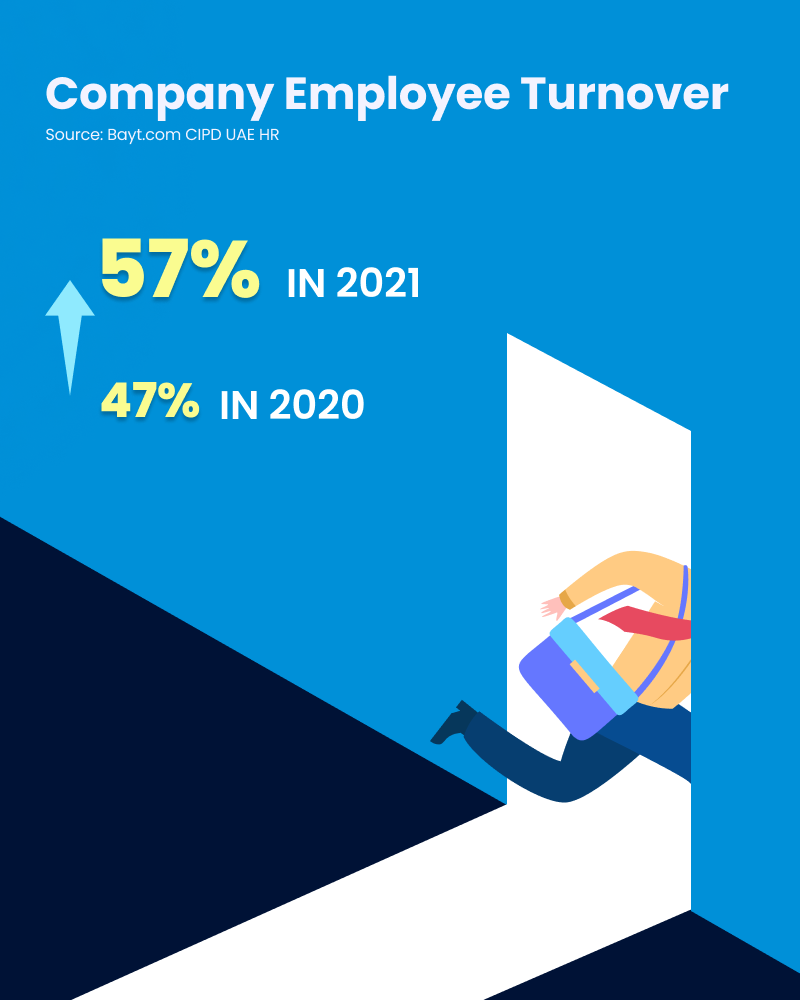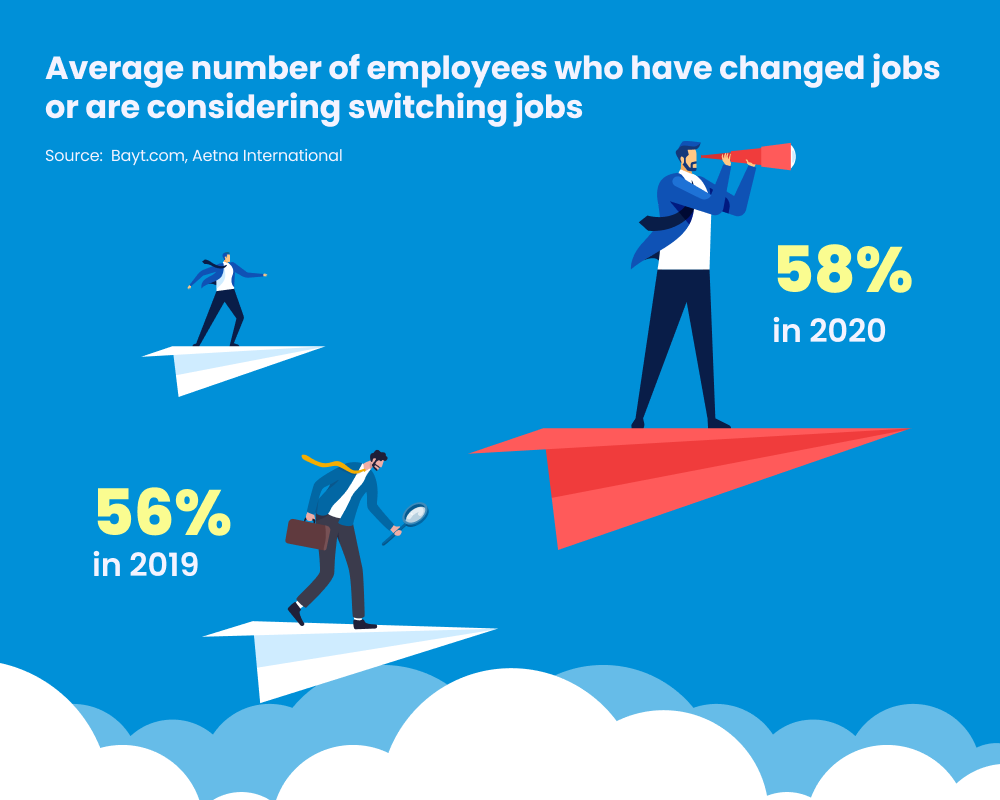How Can HRMS Reduce Employee Turnover?
High employee turnover has serious effects on an organisation, both financially and operationally. From recruitment and training expenses to productivity loss and business knowledge, the impact can be detrimental. However, organisations can mitigate the effect of these consequences by implementing an effective HRMS, which can help streamline HR processes and reduce turnover rates. In this article, we will explore how HRMS can be beneficial in fostering a stable and engaged workforce.

Understanding the Costs of High Employee Turnover
Depending on an employee’s level of seniority, the financial burden varies; losing an employee can cost the company up to two times of the salary. And it’s not all about the cost; the impact on the team members and disruption to workflow are a few of the many challenges a company faces when an employee decides to leave.
Imagine you come to work, and your manager is on urgent leave. How will you handle the tasks, and who will address the work-related queries, especially when other departments are also involved? Your manager’s absence from work, just for one day, will affect your activities, and it will only propagate when his/her resignation is on the table. Every employee contributes to the business’s success and has a list of responsibilities and tasks to handle.

Turn over effects
In short, a high turnover rate cuts much deeper than meets the eye, but these are some of the factors you should think of when considering turnover:
Recruitment and Hiring Costs
Organisations need to spend time and resources recruiting and acclimatising new employees. This involves advertising job openings, conducting interviews, and screening applicants. When turnover is frequent, these costs can quickly mount up.
Training and Onboarding Costs
New employee onboarding and training are crucial to their productivity. Organisations should invest time and resources in training programs, materials, and mentorship to prepare new employees. Increased turnover will increase the cost of training.
Loss of Productivity
When employees leave, there is a temporary loss of productivity as positions remain vacant until replacements are found. It can take time for new hires to achieve the same level of productivity as their predecessors. Frequent turnover can lead to ongoing productivity disruptions and negatively impact business operations.
Knowledge and Skill Drain
The departing employees take their knowledge, skills, and experience with them. This loss of institutional knowledge can affect team dynamics, project continuity, an overall organisational performance. It may also lead to increased errors or delays in processes, as new employees need time to learn and adapt.
Employee Morale and Engagement
People tend to develop an emotional bond with their colleagues and the environment they spend more than half of their day. Constantly witnessing colleagues leaving the organization can create a sense of insecurity and have a damaging effect on the motivation level of other employees. This, in turn, can see a multiplying effect and contribute to an increased employee turnover.

Harnessing the Power of HRMS to Minimize Employee Turnover
There are several ways HRMS can help reduce employee turnover by addressing the factors mentioned above. Some of the tips and tricks are explained below.
Effective Recruitment and Hiring:
By automating job postings, applicant tracking, and candidate screening, HRMS can streamline the recruitment process. Using HRMS, organisations can identify the most suitable candidates efficiently, reducing the time and cost involved in hiring. HRMS can also provide data analytics to identify trends and patterns in successful hires and bring ever-improving changes in the hiring process.
Onboarding and training:
To properly onboard new employees, HRMS can assist organisations in implementing structured onboarding programs. Training materials, online courses, and interactive modules can be provided to support their learning and development. Thus, HRMS can play a vital role in increasing the productivity of new employees by improving the onboarding process.
Employee Engagement and Communication:
HR Software can include features such as employee self-service portals, mobile applications, internal communication tools, and feedback mechanisms. Through these tools, employees are encouraged to communicate openly, collaborate, and engage. HRMS helps reduce turnover and improve job satisfaction by creating a positive work environment and addressing employee concerns promptly.
Performance Management and Recognition:
HRMS can facilitate performance management processes, including goal setting, regular check-ins, and performance reviews. By providing a structured framework for feedback and recognition, HRMS helps employees understand their contributions, receive constructive feedback, and be acknowledged for their achievements. This promotes employee growth, and satisfaction, and reduces the likelihood of turnover.
Retention Analytics and Insights:
HRMS Software can generate reports and analytics on employee turnover rates, exit interview data, and engagement levels. By analysing this information, organisations can identify patterns and trends related to turnover. HRMS can provide insights into factors that contribute to turnover, such as low employee morale, poor manager-employee relationships, or inadequate career development opportunities. Armed with this knowledge, organisations can take proactive measures to address these issues and improve retention.
It’s important to note that human resources management systems, like belsio HRMS, are valuable in reducing employee turnover. If complemented with consistent HRMS processes and strategies, it can create a positive work environment. HRMS acts as an enabler, providing the necessary tools and data to support these efforts, but it’s the overall organisational approach that will have the greatest impact on reducing turnover.








